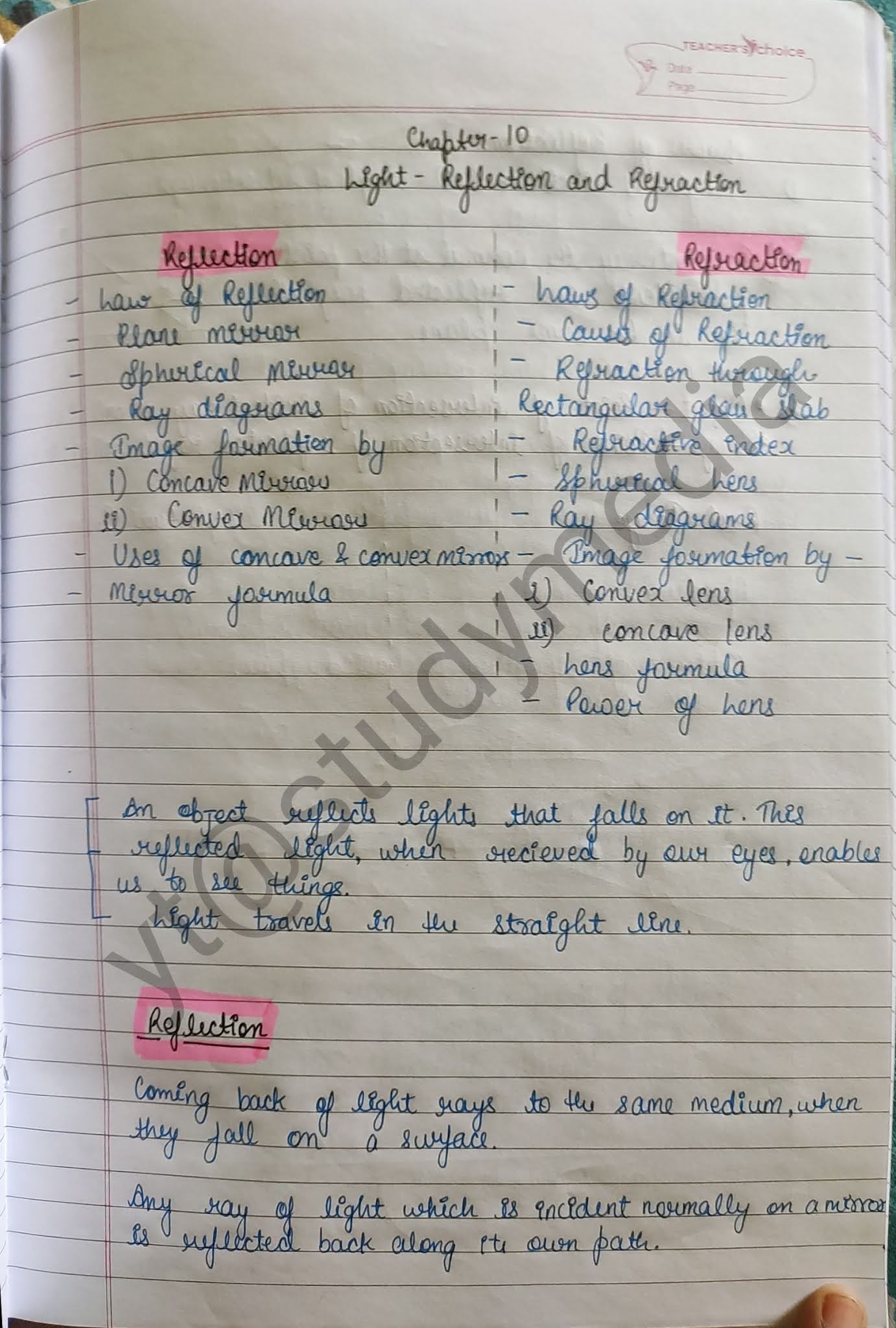CORE NATURAL SCIENCE syllabus
C1.3 CORE NATURAL SCIENCE
Part I
It is envisaged that most of the content will be transacted using the discovery approach, through simple observations and experiments, followed by discussion.
Wherever necessary, additional information may be supplied by the teacher at the end of each activity.
Unit 1
Classification, property, concept, relation, law.
Unit 2
Measurement of length, mass and time; density; pressure; work and energy;weight; falling of bodies; gravitation; heat and temperature; states of matter;properties of magnets; electricity ; refraction and dispersion.
Unit 3
Physical and chemical changes; separation of mixtures; atoms and molecules;metals and non-metals; oxides; acids; bases and salts; air and combustion; water-hard and soft.
Unit 4
Living and non-living; classification of living world; germination of seeds; life processes e.g. respiration, digestion, reproduction, photosynthesis, transporta-tion, phenomena, interdependence of plants and animals.
Part II
It is expected that investigative projects will involve some or all of the following elements - laboratory work, library reference, field-survey, group discussion,seeking expert opinion.
3 Projects:
not more than one project from each area :
P1 - Natural Phenomena For suggested lists of possible questions
1. Why is the sky blue?
2. Why does it rain ?
3. Why do stars twinkle?
4. How many colours are there in a rainbow ?
P2 - Environment and Adaptation
1. Why don't lizards fall from ceilings ?
2. Why does a dog go round in a circle before it sits down?
3. How do fish survive without air ?
4. Can human beings live on grass ?
5. Why does a cat produce kittens and not baby camels ?
P3 - Technology
1. How is glass made ?
2. How is electricity generated ?
3. From where does a TV set get its pictures ?
4. What is inside a camera ?
P4 - Health
1. Why do teeth decay?
2. Why does hair fall ?
3. Does bad blood cause pimples?
4. Why do ears run?
READINGS
1. Eklavya. Bal Vigyanik, Class 6, 7, 8, Madhya Pradesh Pathyapustak Nigam : Bhopal, 1978. Refer to updated editions.
2. Esler, W.K. Teaching Elementary Science, Wads Worth : California, 1973.
3. Gega, Peter. Science in Elementary Education, Wiley & Sons: New York, 1970.
4. Jennings, Jerry. The Young Scientist Investigates, Book I & II, Oxford University Press: London,
1980.
5. Keetow, W.T. and J.L. Gould. Biological Science, W. W. Norton: New York, 1986.
6. Leoburn, Arkady. Tell Me Why, Hamlyn Publication: London, 1966.
7. Nelson, R. and B. Lootoian. Fundamental Concepts of Biology, John Wiley & Sons: New York.
8. Wolf, S.F. Biology : The Foundations, Wadsworth: California, 1977.
9. UNESCO, New UNESCO Source Book for Science Teaching, University Press (India) Ltd: India,
1979.
ADVANCED READINGS
1. Driver, Rosalind., E. Guesne and A. Tibergien. (eds.) Children's Ideas in Science. Open University
Press: London, 1985.
2. Rogers, E.M. Physics for the Inquiring Mind. Princeton, University Press: Princeton, 1960.
3. Ziman, J. An introduction Science Studies, Cambridge University Press: Cambridge, 1984.


Comments
Post a Comment